When most people think about eye exams, they envision a routine check for eyeglasses or contact lenses. However, you may not realize that an eye exam goes beyond just assessing your vision — it can also unveil valuable insights into your overall health. Here are seven conditions that your eye doctor, or optometrist, can detect during an eye exam.
1. Diabetes
One of significant health concern that can be identified during an eye exam is diabetes. The eyes offer a window into the body’s blood vessels, and changes in the retina’s blood vessels can signal the presence of diabetes or diabetic retinopathy. Early detection through routine eye exams allows for timely management and intervention to prevent further complications.
2. Cancer
Certain types of cancer can manifest symptoms in the eyes, and your eye doctor may be the first to spot them. From melanoma to lymphoma, early detection through an eye exam can be a crucial factor in successful treatment. Retinoblastoma is a rare but serious cancer of in early childhood that can be detected by early eye examination.
3. High blood pressure
Your eye doctor may be able to detect signs of high blood pressure during an eye exam. Hypertension can cause damage to the blood vessels in the eyes, leading to distinctive changes that are visible during an examination. Identifying high blood pressure early on is crucial in preventing cardiovascular complications.
4. Thyroid disease
Abnormalities in the thyroid gland can manifest in eye-related symptoms. Graves’ disease, an autoimmune disorder affecting the thyroid, may cause eye bulging, double vision or other eye-related issues. These symptoms can be picked up during a comprehensive eye exam.
5. Autoimmune disorders
Autoimmune disorders, including rheumatoid arthritis, can also leave their mark on the eyes. Dry eyes, inflammation (irits/uveitis) or changes in the sclera (the white part of the eye) can be indicators of underlying systemic conditions. Regular eye exams can aid in the early detection and management of these issues.
6. Brain tumours
Eye exams can sometimes reveal signs of brain tumours. Swelling of the optic nerve or changes in peripheral vision may raise red flags that prompt further investigation into neurological issues.
7. Multiple Sclerosis
Optic neuritis, a swelling of the optic nerve, can be one of the first signs of multiple sclerosis. Your optometrist would refer you for appropriate investigations if any sign of optic neuritis is detected at your examination.
8. High cholesterol
Elevated cholesterol levels can be observed in the eyes. A sign of high cholesterol in patients under 40 years old is a blue or yellow ring around the cornea. Your optometrist may notice these during an exam, leading to an investigation into your overall cardiovascular health.
Eye Exams in Edmonton, Leduc and Westlock
At Optometrists’ Clinic Inc., our optometrists conduct thorough and comprehensive eye examinations. We take pride in offering personalized care to every patient that walks through our doors, and we make it our mission to provide the highest quality eye care possible. Contact us today to schedule an eye exam for every member of your family.



